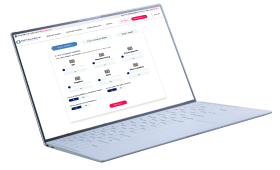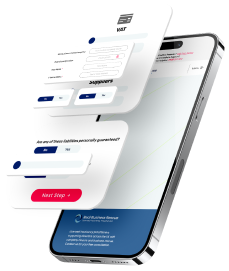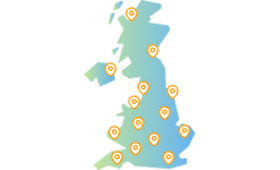
Understand your company's position and learn more about the options available
Require Immediate Support? Free Director Helpline: 0800 644 6080
Free Director Helpline: 0800 644 6080
Updated:
Written by: Jonathan Munnery
When a company enters liquidation, all its assets are sold, and the proceeds go towards settling the outstanding debts. The very nature of a company being insolvent means that there is not enough money in the pot to ensure all creditors are paid what they are owed in full. Unfortunately this means that some inevitably miss out.
Get an instant understanding of your: Plus much more ...
Take Our Free 60 Second Test

There is a defined hierarchy which determines the order in which creditors are paid. As part of this creditors are split into two distinct categories; secured creditors and unsecured creditors. The differences between the two are as follows:
Secured creditors rank highly when it comes to receiving payment. This is because secured creditors have a charge over assets held by the company. These assets can include property, as well as vehicles, machinery and fixtures and fittings. A secured creditor stands a higher chance than most of receiving payment following liquidation. Examples of secured creditors are banks, asset-based lenders, and finance and agreement providers.
Secured creditors are then divided into two sub-categories, those with a fixed charge, and those with a floating charge.
Mounting creditor pressure?
If your creditors are growing increasingly impatient, it is time to take action. Ignoring the situation is only likely to make it worse. Take the first step today by contacting Real Business Rescue for immediate help and advice.
The team are available now - 0800 644 6080
60 Second Test Find Your Nearest Office
Unsecured creditors rank below secured creditors when it comes to receiving payment following the liquidation of a company. Unsecured creditors do not have the benefit of having a claim over a particular asset, and can include suppliers, contractors, landlords and customers. Perhaps surprisingly HMRC is also an unsecured creditor. As they do not have a hold over any particular asset it is much harder for unsecured creditors to recover the cash they are owed. Instead they have to hold tight and hope there is enough money left to go around after the secured creditors have been paid. Unfortunately the reality is that unsecured creditors typically receive very little, if anything, following the liquidation of a company.
Still unsure whether liquidation is right for your company? Don't worry, the experts at Real Business Rescue are here to help. Our licensed insolvency practitioners will take the time to understand the problems your company is facing before recommending the best course of action going forward based on your own unique circumstances.

Complete the below to get in touch
For Ltd Company Directors
Get An Instant Understanding Of Your:
Plus much more ...
We provide free confidential advice with absolutely no obligation.
Our expert and non-judgemental team are ready to assist directors and stakeholders today.

Understand your company's position and learn more about the options available

Find your nearest office - we have more than 100 across the UK. Remote Video Meetings are also available.

Free, confidential, and trusted advice for company directors across the UK.